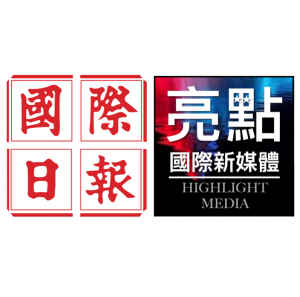Guangdong’s county-level economies are experiencing robust growth!
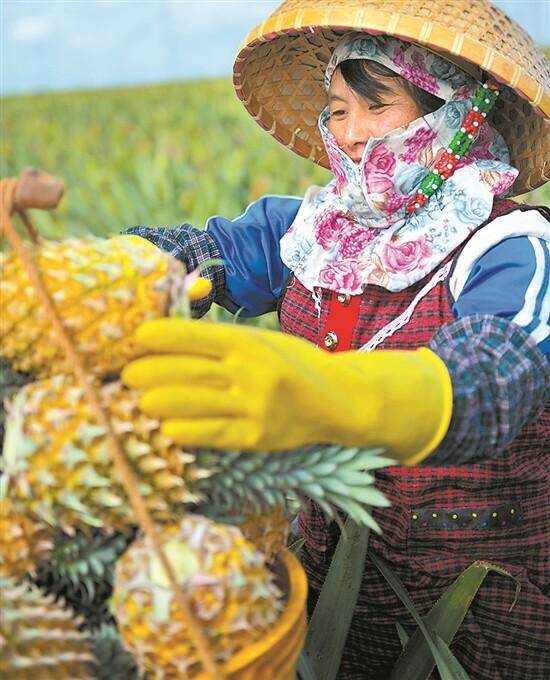
Huilai County in Jieyang has seen a remarkable 17.4% GDP growth in the first three quarters of 2024, driven by its green petrochemical and offshore wind power industries. In Lechang County, Shaoguan, the annual output value ofits unique fruit golden Nai plum has surpassed 1.1 billion RMB, with large-scale planting and brand development underway. Meanwhile, Zhaoqing’s Sihui is accelerating urban-rural integration through new urbanization, aiming to become another 100-billion-yuan GDP county in China.
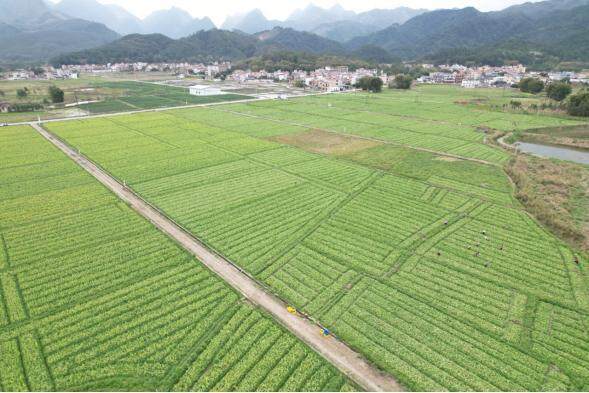
In recent years, Guangdong has promoted the integrated development of urban and rural areas and driven industrial agglomeration through the program “High-Quality Development of 100 Counties, 1,000 Towns, and 10,000 Villages.” For instance, Huizhou’s Huiyang has fast-tracked the agglomeration of electronic information and green low-carbon industries. In Jiangmen’s Xinhui, the stainless steel industry cluster is gradually expanding, with three parks—each spanning approximately 10,000 mu (around 6,666 hectares) and targeting over 100 billion RMB in output—beginning to take shape. Meanwhile, Yunfu’s Luoding is building a regional specialty industrial chain, driven by the daily light industry sector. According to statistics, relatively underdeveloped counties in eastern, western, and northern Guangdong have already absorbed more than 300 manufacturing projects relocated from the Pearl River Delta, with total investments exceeding 110 billion RMB. The Guangqing (Guangzhou-Qingyuan) Special Economic Cooperation Zone has attracted 732 projects, and Qingyuan has the highest industrial added value growth rate in the province. Additionally, the Foshan-Maoming Cooperation Park has signed an average of one new project each week over the past year.
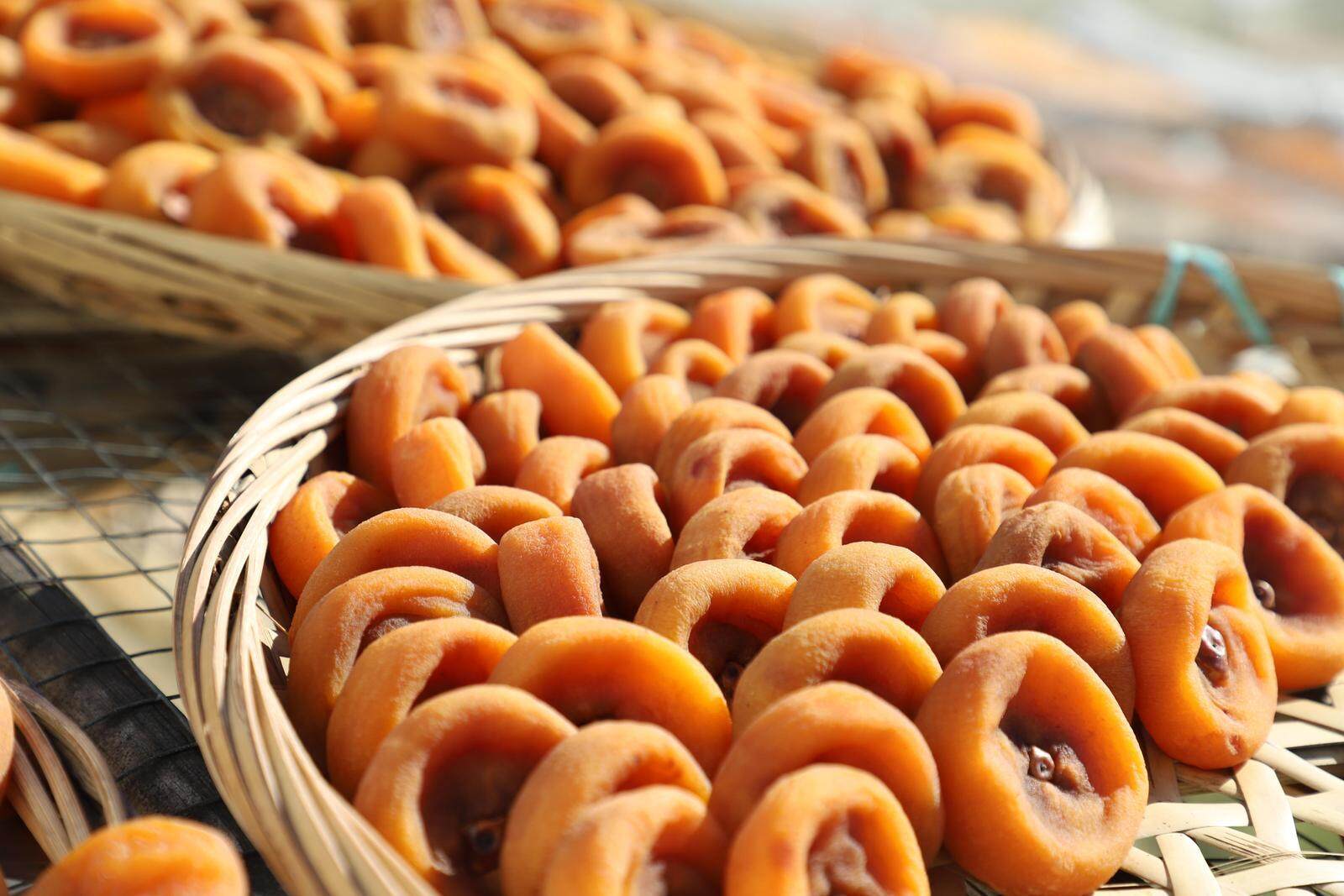
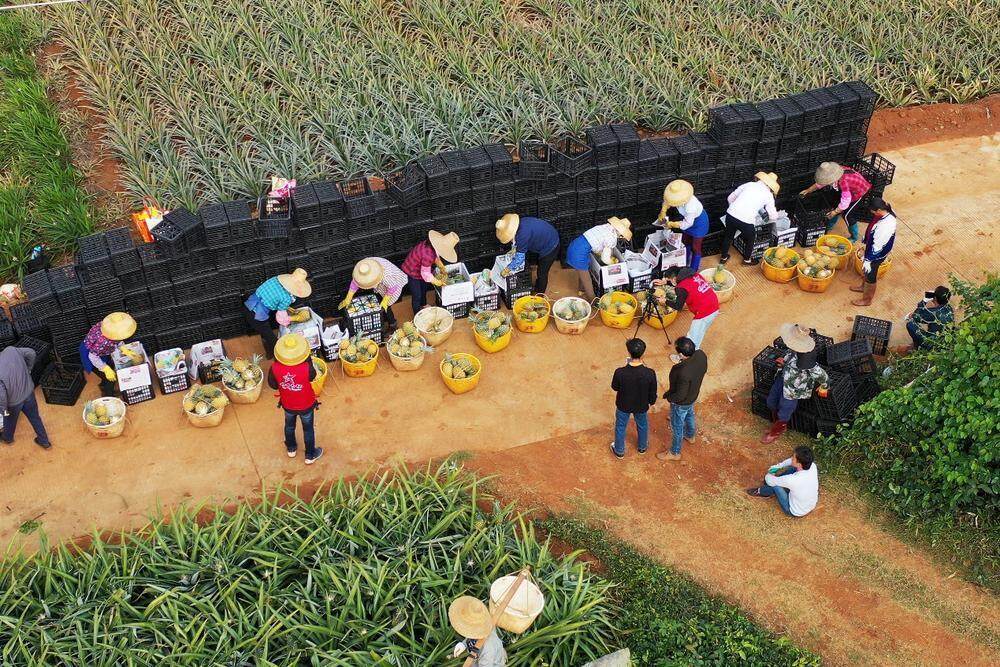
Agricultural products with regional characteristics play a key role in driving Guangdong’s county-level economic growth. Products such as pineapples in Xuwen, dried persimmon cakes in Fushan, and villous amomum fruit in Yangchun have expanded their markets through industrial upgrades and integration with culture and tourism. Zhanjiang’s Xuwen has developed a “Pineapple + Tourism” model, attracting a large number of visitors. In Shaoguan’s Nanhua, the Ginkgo Cultural Tourism season has become a well-established brand, drawing over 160,000 tourists annually.
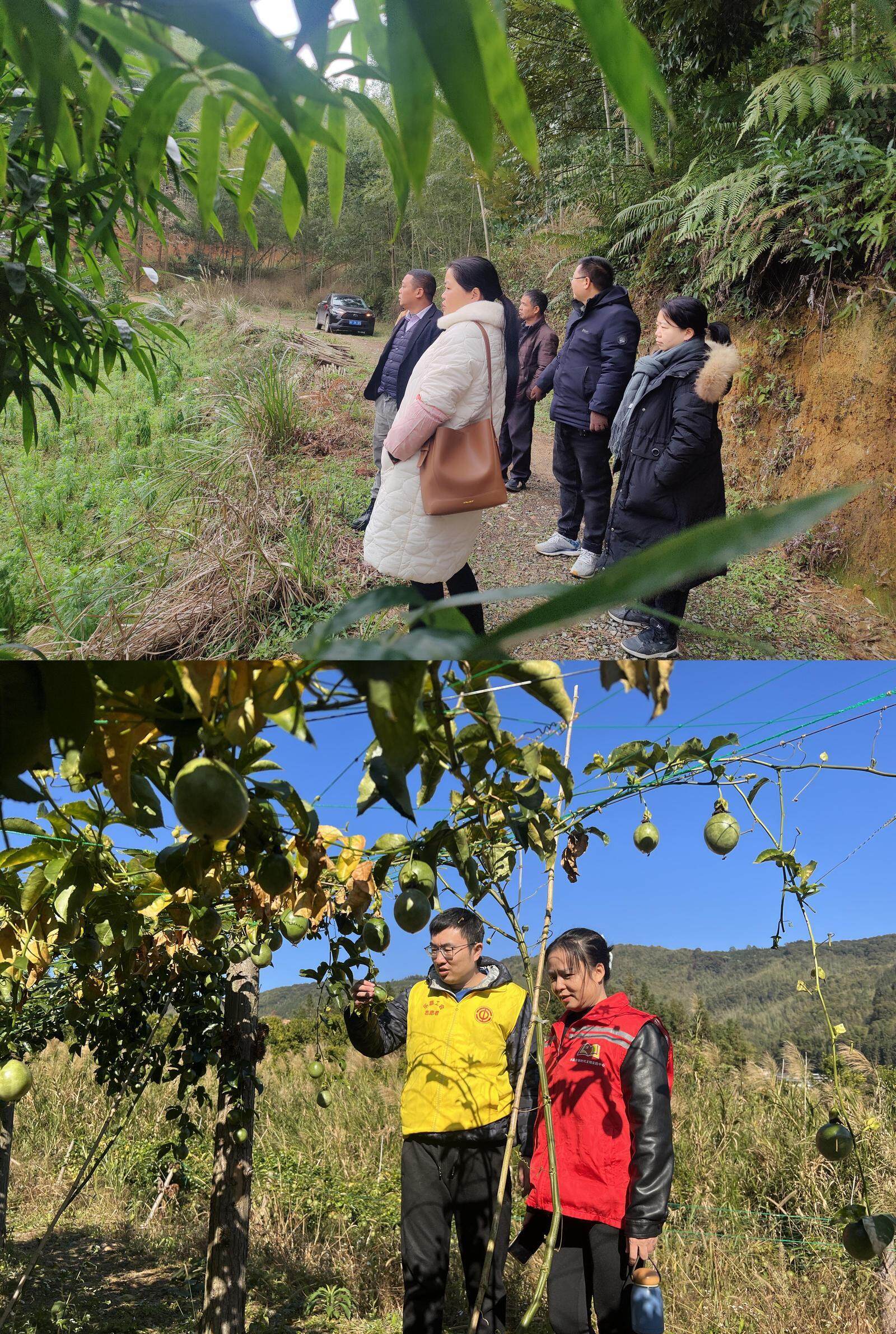
In terms of urban-rural integration, Sihui in Zhaoqing has achieved an urbanization rate of 72.3%, making it one of China’s top 100 counties. Over 90% of its villages are now beautiful and livable, with the scenery along the Sui River transformed into a scenic attraction. Dongguan’s Nancheng has become a “Green and Beautiful South City” through ecological restoration and the integration of culture and tourism. Meanwhile, Heyuan’s Dongyuan promotes economic growth through urbanization and industrial development by planning the Wanlv Lake Economic Belt, fostering a balance between economic and ecological development.
Source: Lingnan on the Cloud
活力广东丨广东用投资和产业激活曾经沉睡的县城
广东县域经济正在蓬勃发展!
揭阳惠来依托绿色石化和海上风电两大产业,去年前三季度GDP增速高达17.4%;韶关乐昌的黄金奈李鲜果年产值突破11亿元,逐步实现规模化种植和品牌化发展;肇庆四会以新型城镇化建设加速城乡一体化,朝着“千亿县”目标奋力迈进。
近年来,广东通过实施“百县千镇万村高质量发展工程”,全面推动产业集群建设和城乡融合发展。例如,惠州惠阳加快电子信息和绿色低碳产业集聚;江门新会的不锈钢产业集群逐步壮大,三个“万亩千亿”园区初具规模;云浮罗定则以日用轻工产业为牵引,构建地方特色产业链。据统计,相对欠发达的粤东粤西粤北县域已承接珠三角制造业转移项目超300个,总投资超1100亿元。广清经济特别合作区累计引进732个项目,清远工业增加值增速全省第一,佛山(茂名)产业园一年来平均每周签约一个新项目。
具有地域特色的农业产品在县域经济中扮演着重要角色。徐闻菠萝、浮山柿饼、阳春砂仁等岭南特色产品通过产业链升级和文旅融合,打开了更广阔的市场。湛江徐闻发展“菠萝+旅游”,吸引大批游客;韶关南雄银杏文化旅游季已成品牌,每年接待游客超16万人次。
城乡融合发展方面,肇庆四会常住人口城镇化率达72.3%,成为全国“百强县”。当地美丽宜居村比例超90%,绥江“一河两岸”风光焕然一新。东莞南城通过生态修复与文旅融合,打造“绿美南城”。河源东源则以产兴城、以城促产,谋划环万绿湖经济带,促进经济与生态协调发展。
文 | 羊城晚报记者 孙旭歌 黄磊
译 | 麦芯羽
英文审校 | 赵凡
